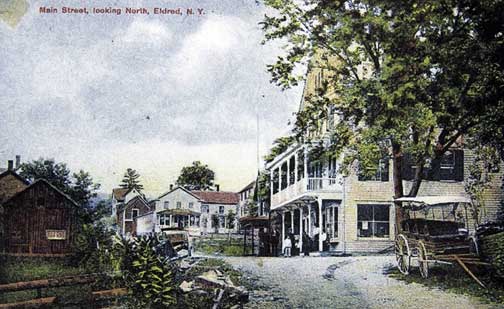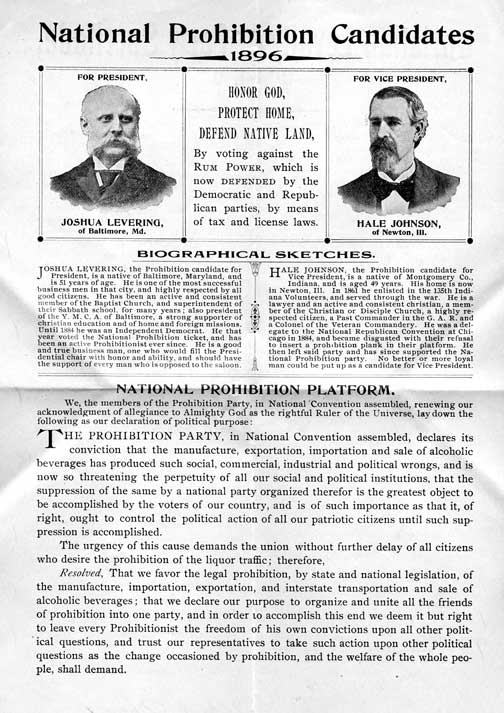
January 27, 1895
Charles Metzger, The Minisink House, Eldred, to Mort Austin
January 27, 1895
Dear Friend Mort,
Glad to hear that you are managing to keep contented. One thing is settled in my mind and that is to leave Eldred. I think it will be better for me every way. When a young man leaves his native town, he is then thrown on his own resources and put to his best mettle. No one remembers when you went to school and keeps thinking you are still a Boy.
I’ve been trying to keep busy a little by cutting fire wood, but this snow is so deep in the woods that it’s rather up hill work. I used to go skating last month sometimes, but of late the snow has covered the ice for good.
While I am on the subject, Mort, unless I strike something before that, I will be right with you to travel till we can strike a favorable position. I think the spring is the best time to go only we ought to get started midling early, Providence permitting.
I will try and get up to see you next month and then we can talk matters over. Someone is trying hard to get me a job up in the Catskills, but I have some doubt of their succeeding.
But if nothing unforeseen occurs, the indications are that you and I may still take that overland trip. George Beck was last heard from out in Missouri, so he is well on his way to Alaska. He promised to write to me as soon as he conveniently could.
I see your folks nearly every day. Lon has been assisting Mr. Reese in his meetings sometimes.
There have been no social gathers since Jan. 1st, but there is to be an oyster supper at I.M. Bradleys on February 5th.
Trusting to hear from you soon. I am as ever your sincere friend,
Chas. C.R. Metzger
January 18, 1895
Chas. Metzger, Tannersville, N.Y., to Mort Austin, Eldred
January 18, 1895
Dear Friend Mort,
I heard the other day that you was in winter quarters so I have concluded to drop you a few lines. I suppose you saw Rob before you left Eldred and heard all about our trip to New York.
I have been working for the last 8 days and I guess I am good for all winter. We only get in 8 hours a day, but $10.80 is better than a snow bank each Saturday night. Talking of snow, we only have a couple of inches. It acts as if we were going to have a thaw.
Well, January is more than half gone and soon Spring will be here again, and you and I are not in the West yet. I am getting the fever again (quite bad) and if work plays out here in the Spring, I expect to make a break.
There is certainly no use to go back to Eldred looking for a job. I feel sure that we will fetch up out there yet don’t you?
Hoping to hear from you soon.
I am your sincere friend,
Chas. C.R. Metzger
Ready, Set, It’s time
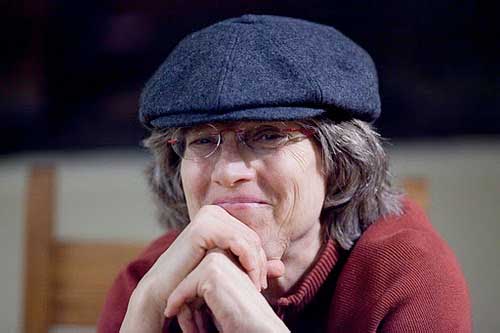
Hello Halfway Brook Friends,
It’s time for me to start work on the next book in my Memoirs of Eldred Series.
Last week I started to record information from the Eldred yearbooks of 1939 to 1950. I recognized many names and enjoyed reading about the students and organizations of those years.
Today I started organizing my many paper files. I’m also archiving email.
Recently, two different people contacted me with memories of summer vacations at boarding houses, or homes of relatives in the Town of Highland.
I plan on doing another post regarding the boarding houses in the years 1920 to 1950. But today I have a question for my readers. One of the writers mentioned being told about ice boat racing on a lake near Yulan.
I remember my dad talking about ice boat races, though it was probably on Highland Lake, closer to where Dad grew up. I remember a photo of a boat with two runners and a sail on a frozen lake. Unfortunately, I have not been able to locate it. I’m thinking the races were held in the 1920s or 1930s.
Have any of my readers heard stories of ice boat racing on lakes in the Town of Highland?
You can post a comment here, or email me: info (at) halfwaybrook (dot) com
Panic of 1893
The Panic of 1893 was a serious economic depression similar to the Panic of 1873 and the worst depression in the U.S. until the Great Depression.
The panic was caused by railroad overbuilding and shaky railroad financing which set off a series of bank failures. Along with market overbuilding and a railroad bubble was a run on the gold supply and a policy of using both gold and silver metals as a peg for the U.S. Dollar value.—wikipedia.org.
Eldred: Main Street looking north
On the right is the second Parker Hotel built by J.Y. Parker. The building in the middle of the photo (on the northeast corner) was at one time the W.H. Wilson Store.
To the right of the Wilson store was the first Parker Hotel and bar which was owned by the Autenrieths around 1900. By 1910 the hotel belonged to the Straubs.
Boarding House Ads 1894

Mountain Grove House
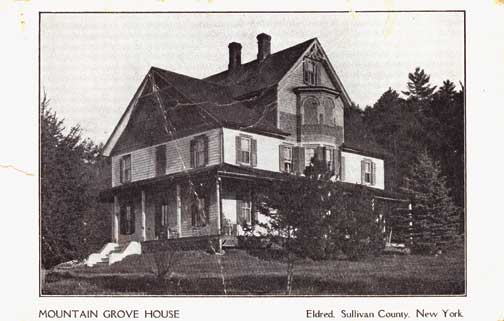
C.S. Bok, Hackettstown, N.J., to Mort Austin, Eldred
June 11, 1894
My dear Friend,
Enclosed kindly find eight of your pictures and I kept the other four and did with them accordingly what you told me. I have also seen Dr. Whitney about your bill, but he told me that he will not charge anything this time.
Hoping you will keep well and be successful in your business. Kindly remember me to your partner.
I am your friend,
C.S. Bok
30 East 7th St., N.Y.
Perhaps Mort’s business referred to by his friend C.S. Bok, was the Mountain Grove House, which seems to have been completed by 1893. An ad for the house appeared in the summer 1894 newspaper, with the contact name, C.M. Austin & Co.
Mountain Grove House Ad
New house; cool rooms; good board; elevation 1,400 feet; fishing and boating. For particulars apply to C.M. Austin & Co., Eldred, N.Y.—Brooklyn Daily Eagle, June 4, 1894.
C.S. Bok
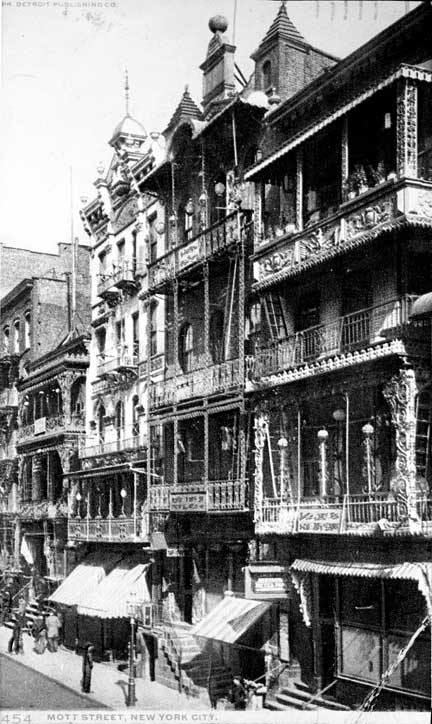
C.S. Bok was a friend Mort Austin met at Centenary Collegiate Institute. Mort attended the Seminary only a year due to health or financial reasons, but C.S. Bok and Mort continued to correspond and visit each other for a number of years.
One of the many Austin postcards shows Chinatown in NYC, where Dr. Bok lived, according to the note on the back of the card. The card must have been sent in 1907 or later, as 1907 was the first year writing on the back of Postcards was allowed by the U.S. Post Office.
1891 school tax
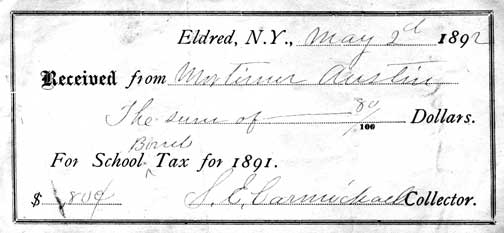
Grandpa Mort Austin’s school board tax cost 80 cents in 1891!

